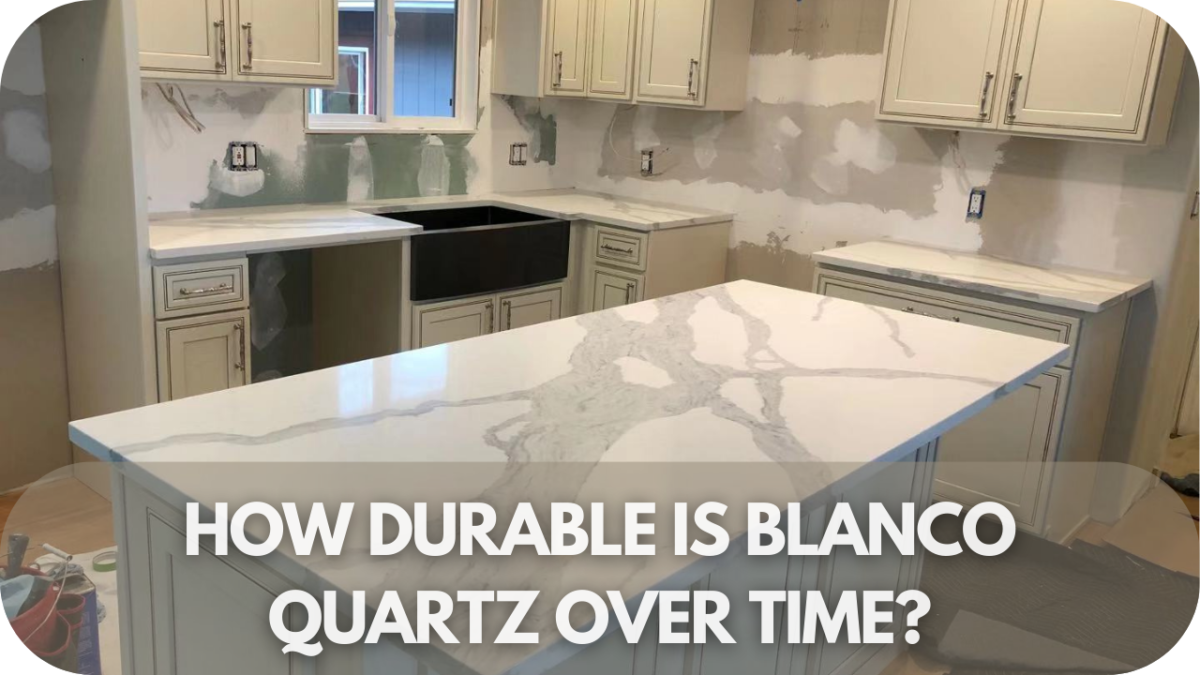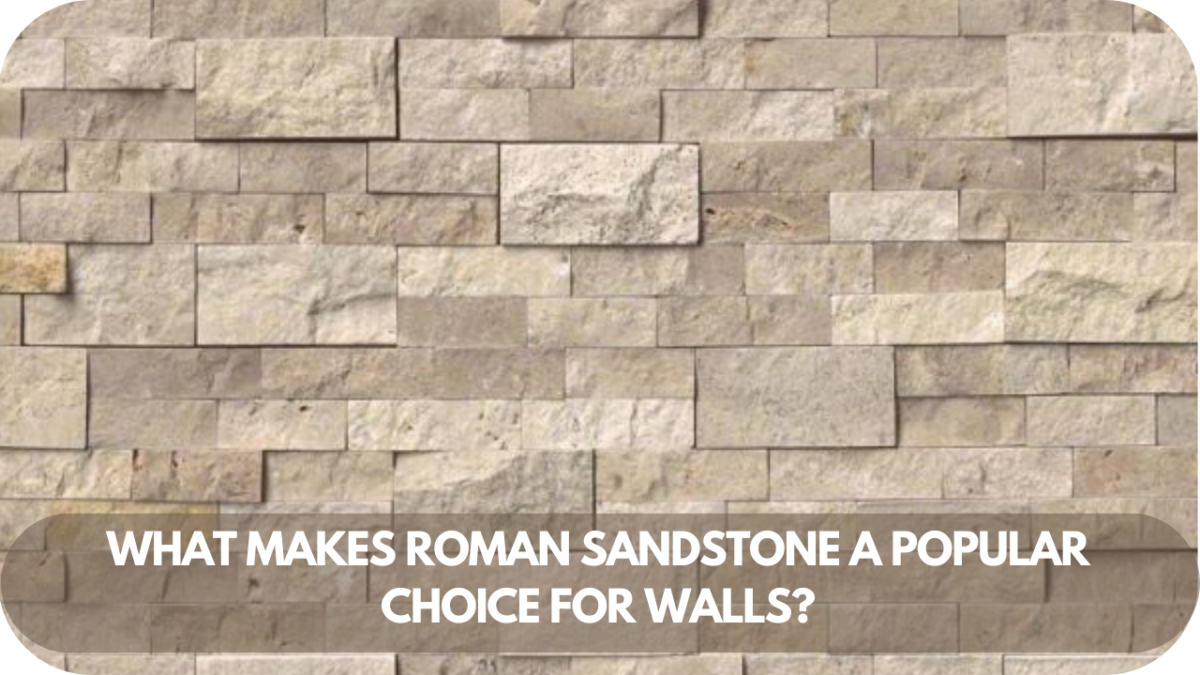How Durable is Blanco Quartz Over Time?
Are you worried about the longevity of your quartz surfaces?
Many homeowners face disappointment when their chosen materials start to show wear and tear after a few years. Blanco Quartz, known for its elegance and versatility, is no exception to these concerns.
In this article, we’ll explore how durable Blanco Quartz is over time, providing you with the insights needed to make an informed decision and ensure your surfaces remain pristine for years to come.
How Durable is Blanco Quartz Over Time?
Blanco Quartz is highly durable over time, thanks to its tough quartz composition and non-porous surface. It resists scratches, stains, and everyday wear, making it ideal for kitchens and bathrooms. With proper care, Blanco Quartz retains its beauty and strength for years, offering a reliable and stylish surface that stands up to daily use.
What Makes Blanco Quartz Durable?

Blanco Quartz is renowned for its durability, but what makes it such a reliable choice? Here are the key factors that ensure its long-lasting performance:
1. High Quartz Content
Blanco Quartz is made up of 90-95% natural quartz crystals, a material known for its remarkable strength. These quartz crystals are incredibly hard, making the surface resistant to scratches, chips, and cracks.
This high quartz content gives Blanco Quartz its exceptional durability, which means it can withstand daily wear and tear, as well as heavier impacts. Whether in kitchens, bathrooms, or other high-traffic areas, Blanco Quartz can handle the demands of everyday life.
Its tough surface resists damage from objects like dropped utensils or heavy cookware, ensuring the material remains in great condition for many years. This makes Blanco Quartz an excellent investment for areas that require both style and functionality.
2. Non-Porous Surface
Blanco Quartz is designed with a non-porous surface, meaning it doesn’t absorb liquids like water, wine, coffee, or oils. This feature is crucial in maintaining a clean and hygienic environment, as it prevents stains from penetrating the surface.
Spills are easy to wipe away, and the material does not absorb bacteria or mould, making it especially suitable for kitchens and bathrooms.
Over time, this non-porous nature helps the surface stay looking fresh, as there’s no risk of discolouration or lingering marks. This quality also eliminates the need for sealing, which is often required with natural stones like granite.
With Blanco Quartz, you can enjoy a smooth, stain-resistant surface with minimal effort.
3. Resins and Polymers

Blanco Quartz incorporates resins and polymers, which are blended with the natural quartz crystals. These materials help bind the quartz together, enhancing its overall structural integrity.
This bonding process makes Blanco Quartz less prone to fractures and cracks, even under stress or impact.
The resins and polymers also contribute to the material’s smooth, glossy finish, which enhances its aesthetic appeal.
Additionally, they improve Blanco Quartz’s resistance to wear and tear, making it a highly durable option for high-use areas. Over time, the resins help maintain the strength and reliability of the surface, ensuring it remains resilient and functional for many years without losing its beauty.
4. Heat and Impact Resistance
Blanco Quartz is highly resistant to heat and moderate impacts, making it a practical choice for busy kitchens and bathrooms.
The material can withstand high temperatures, meaning hot pans or pots won’t damage its surface, though using trivets or heat pads is recommended to protect it. Its heat resistance ensures that the surface maintains its integrity even when exposed to direct heat for short periods.
Additionally, Blanco Quartz’s strength makes it capable of handling moderate impacts, such as when objects are dropped onto the surface.
However, while it is tough, it’s still important to avoid dropping very heavy items to ensure the surface stays in pristine condition. This combination of heat and impact resistance adds to Blanco Quartz’s robustness and longevity.
Factors Affecting Durability Over Time

Even the toughest materials can wear down under certain conditions. Here are the factors that might affect Blanco Quartz’s durability over time:
- Improper Maintenance: Neglecting regular cleaning or using harsh chemicals can damage the surface and dull its shine. Gentle cleaning with mild soap preserves its beauty.
- High-Impact or Dropping Heavy Items: While Blanco Quartz is tough, excessive impact from heavy objects can lead to cracks or chips. Careful handling helps minimise damage.
- Exposure to Extreme Heat: Although heat-resistant, prolonged exposure to high temperatures without protection, like a trivet, can weaken the surface and cause discolouration.
- Direct Sunlight: Constant exposure to UV rays may fade the pigments over time, making it less vibrant. Using it in shaded areas can maintain its appearance.
- Poor Installation: An improper fit or lack of support during installation can lead to stress fractures. Professional installation ensures longevity.
How Does Blanco Quartz Age Over Time?

Blanco Quartz ages gracefully, maintaining its functionality and aesthetic appeal for many years. Thanks to its non-porous surface, it resists stains and keeps its original beauty with minimal maintenance.
While natural wear may result in subtle dulling of the surface, proper care ensures it stays polished and vibrant.
Pigments used in manufacturing may fade slightly if exposed to direct sunlight for extended periods. This is why it’s ideal for indoor use or shaded areas. Over time, minor scratches or chips may occur with heavy use, but these are rare and often easy to repair.
Compared to many materials, Blanco Quartz stands out as a reliable and durable choice that ages well, offering a timeless look with proper care.
Maintenance Tips to Enhance Durability

Regular care can extend the life of your Blanco Quartz surfaces. Here’s how you can keep it in top condition:
- Clean Daily with Mild Soap: Use a soft cloth and mild soap to clean the surface. Avoid abrasive sponges or harsh chemicals that could scratch or dull the finish.
- Use Trivets and Cutting Boards: Protect the surface from direct heat by placing hot pans on the trivets. Always use cutting boards to prevent knife scratches.
- Wipe Spills Immediately: While it resists stains, cleaning up spills quickly prevents potential marks, especially from acidic substances like lemon juice or wine.
- Avoid Harsh Cleaners: Stick to non-abrasive, pH-neutral cleaners. Strong chemicals can erode the resin and affect the surface over time.
- Polish Occasionally: Use a quartz-safe polish to maintain its shine. Polishing every few months keeps the surface looking new.
Blanco Quartz vs. Other Materials

Blanco Quartz stands apart from other materials due to its unique qualities. Here’s how it compares:
| Feature | Blanco Quartz | Granite | Marble | Laminate |
| Durability | Highly durable | Durable but porous | Soft and prone to chips | Less durable |
| Stain Resistance | Non-porous resists stains | Needs sealing | Stains easily | Low resistance |
| Maintenance | Low | Moderate | High | Low |
| Aesthetic Variety | Wide range of colours | Limited natural colours | Unique patterns | Wide range |
| Cost | Mid-range | High | High | Low |
Conclusion
Blanco Quartz is a stunning choice for any space, offering style and durability that lasts through the years. To ensure your project combines beauty with quality, trust Splendour in Stone.
Explore our range of premium Blanco Quartz and let us guide you in creating a space that’s built to endure and impress. Visit us today!




















